- Home
- Trend
- Weight Loss Strategies
- Acne Tips
- Hair Health Information
- Blemish Removal Tips
- Acne Scar Removal Tips
- Muscle Building Techniques
- Intimate Care Tips
- Postpartum Intimate Care
- Eye Bags Wiki
- Tips for Face Slimming
- Secret of Permanent Hair Removal
- Breast Enlargement Tips
- Cure to Snoring
- Marionette Lines
- Skin-Tightening Secrets

免費體驗
Acne Treatment
1 Minute Self-Registration
Date should not be before minimal date
Acne is a common skin concern that affects many people, regardless of age or skin type. While there are countless treatments available, finding one that works without causing irritation can be a challenge. Azelaic acid has emerged as a popular option for treating acne, known for its gentle yet effective approach. Whether you're battling breakouts, blackheads, or acne scars, azelaic acid offers a solution that addresses the root causes of acne while being kind to your skin. In this article, we'll explore how azelaic acid works, its benefits, and how to incorporate it into your skincare routine for clearer, healthier skin.
1
What Is Azelaic Acid?
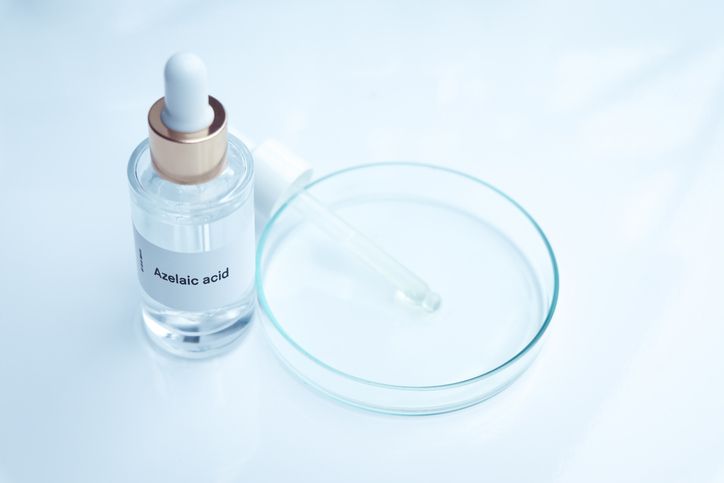
Key Properties of Azelaic Acid
How Azelaic Acid Works
Types of Acne Azelaic Acid Works Best For

2
Benefits of Azelaic Acid for Acne
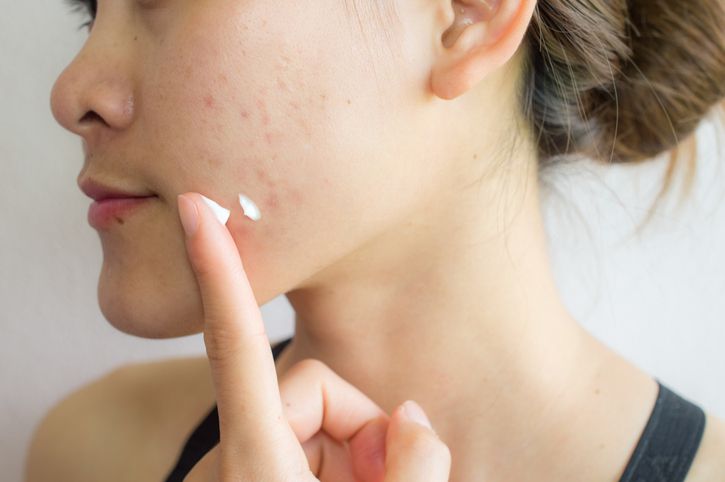
For Mild to Moderate Acne:
For Those With Post-Inflammatory Hyperpigmentation:
For Sensitive Skin:
Improves Skin Texture and Reduces Redness
- Breaking Myths: Sensitive Skin Care Isn't About Avoiding Active Ingredients
- Essential Guide to Facial Cleansing Brushes: Why They’re a Game-Changer for Your Skin
- 6-Steps Guide to Get Rid of Blackheads the Right Way, Dermatologist Approved!
- Seaweed Silicon Needles: 7 Benefits, Side Effects & Who Should Avoid It
3
A Step-by-Step Guide To Treat Acne With Azelaic Acid
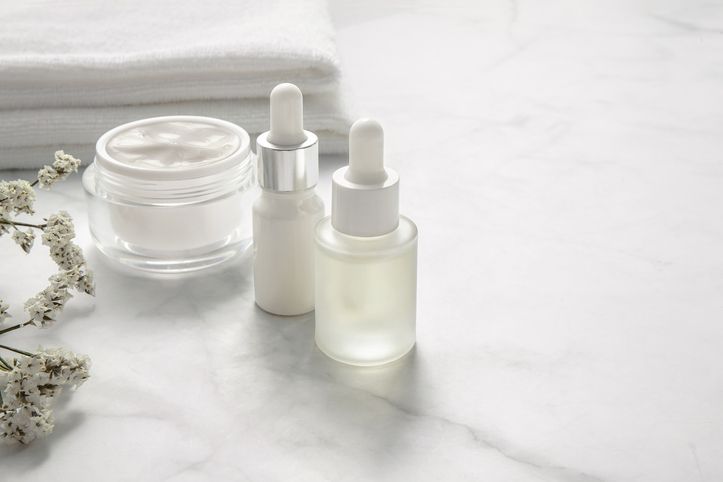
1. Choose the Right Azelaic Acid Product
2. Incorporate Azelaic Acid To Your Skincare Routine
3. Protect Your Skin with Sunscreen
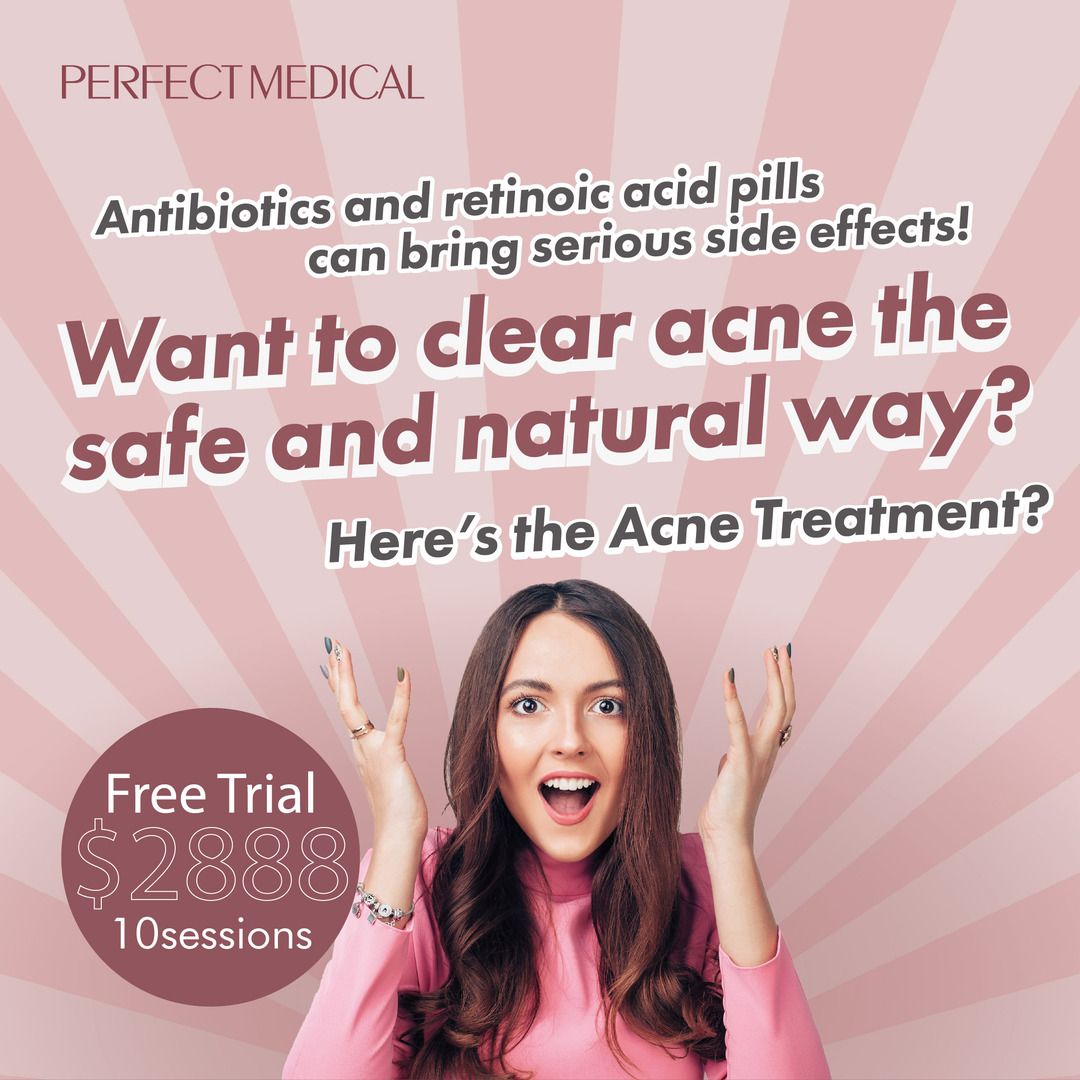
4
Side Effects of Azelaic Acid
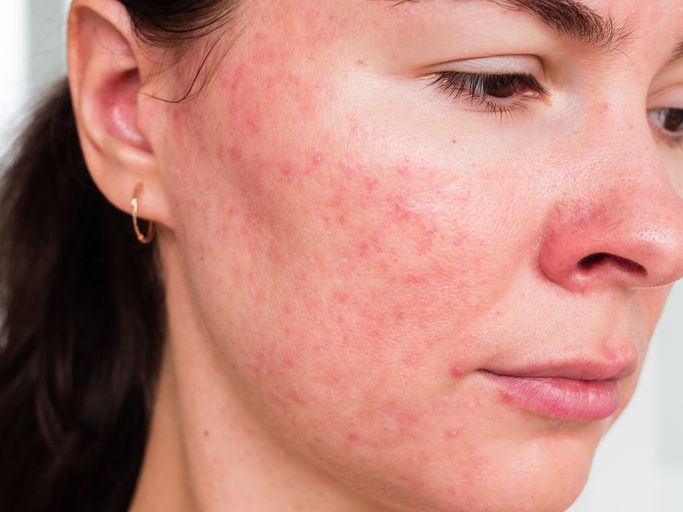
1. Mild Irritation and Redness
2. Skin Dryness
3. Burning or Stinging Sensation
4. Swelling and Inflammation
Tips To Manage Side Effects
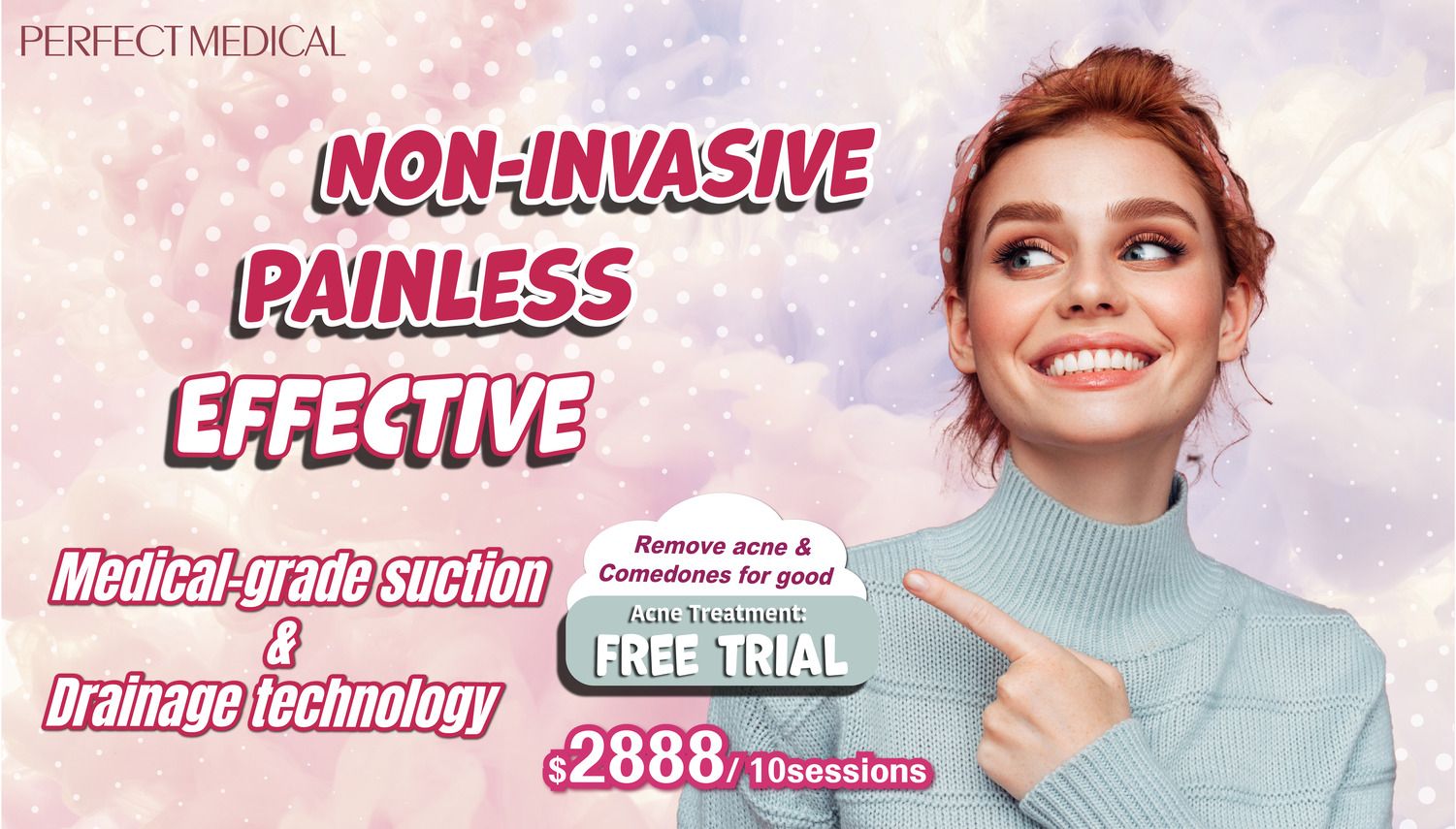
免費體驗
Acne Treatment
1 Minute Self-Registration
Date should not be before minimal date
5
Perfect Medical’s Acne Treatment: Your Way To Radiant Skin

How Does It Work?
Advantages of the Acne Treatment
Targeted Concerns the Acne Treatment Can Address
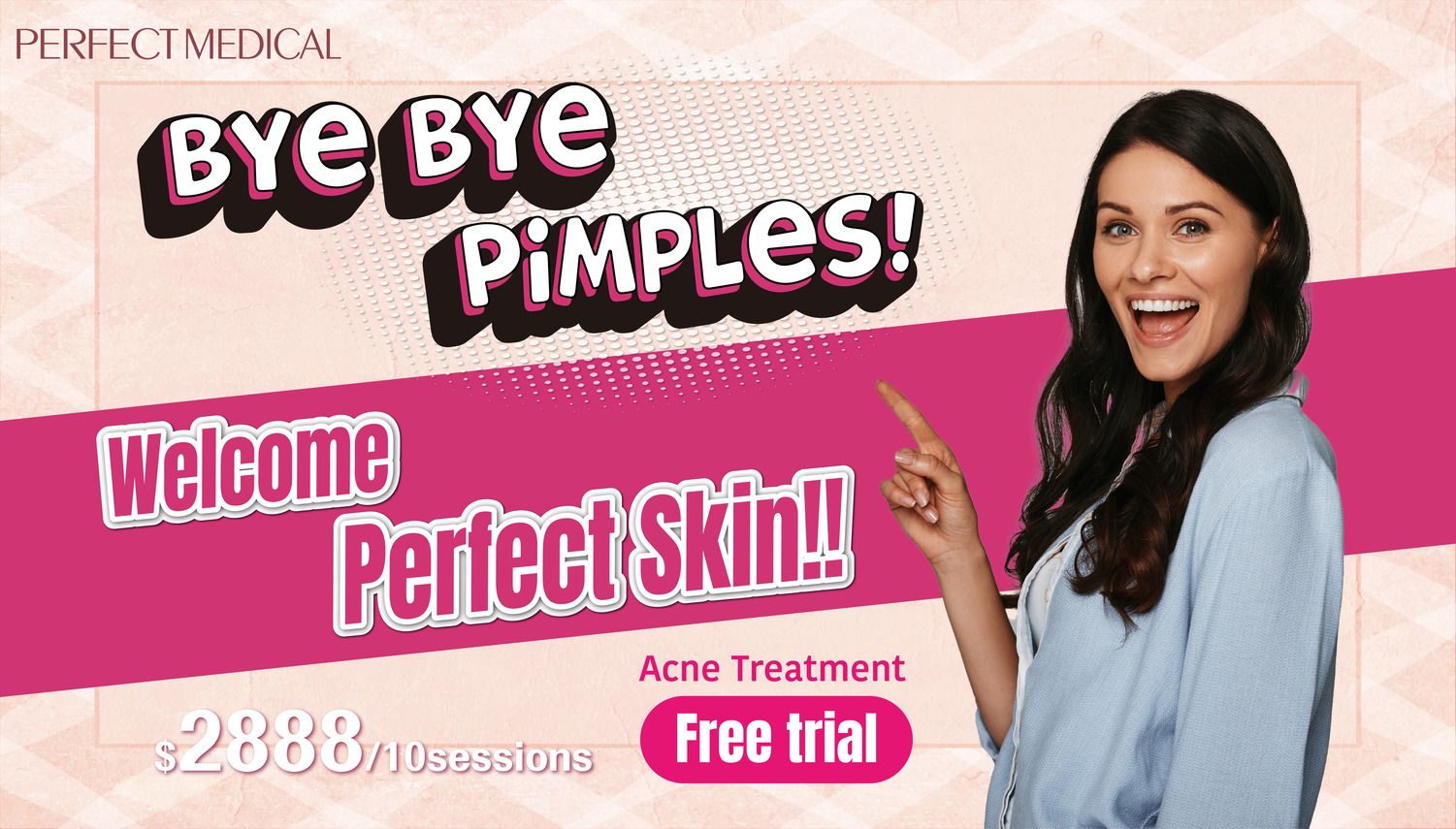
免費體驗
Acne Treatment
1 Minute Self-Registration
Date should not be before minimal date
FAQ

1. How long does it take for azelaic acid to show results for acne?
Azelaic acid typically starts showing results within 4 to 6 weeks of consistent use. However, it may take up to 3 months for noticeable improvements in acne breakouts, post-inflammatory hyperpigmentation, and skin texture.
2. Can azelaic acid be used alongside other acne treatments like benzoyl peroxide or salicylic acid?
Yes, azelaic acid can often be used alongside other acne treatments, but it's essential to be cautious when combining products. For optimal results, consult a dermatologist to ensure that treatments are compatible and to avoid irritation.
3. Is azelaic acid effective for cystic acne or only mild acne?
Azelaic acid can be effective for both mild and moderate acne, including cystic acne. It helps reduce bacteria, inflammation, and clogged pores, but for severe cystic acne, additional treatments may be recommended by a dermatologist.
4. What are the best skincare products to pair with azelaic acid for acne treatment?
When using azelaic acid, it's ideal to pair it with gentle cleansers, non-comedogenic moisturizers, and broad-spectrum sunscreen. These products can help prevent irritation, maintain skin hydration, and protect against sun damage.
5. Can azelaic acid help prevent future acne breakouts?
Yes, azelaic acid works by normalizing skin cell turnover, reducing oil production, and controlling acne-causing bacteria, which helps in preventing future breakouts. Regular use can promote clearer skin over time.









